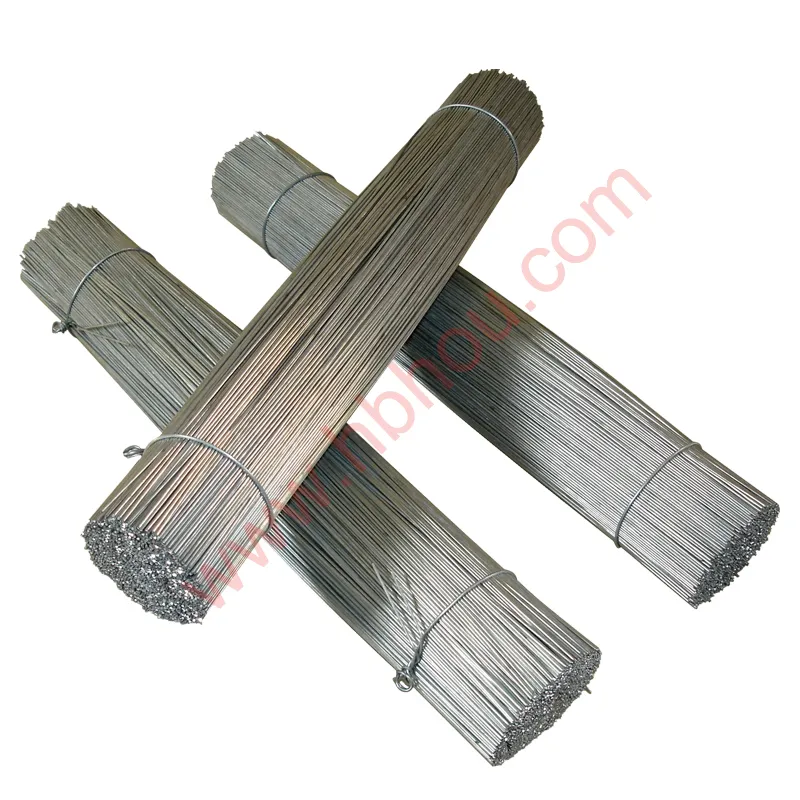Understanding Chain Link Fence Post Anchors A Comprehensive Guide
Chain link fencing is a popular choice for security, privacy, and boundary definition across numerous applications, including residential, commercial, and industrial settings. One crucial element that ensures the stability and durability of a chain link fence is the fence post anchor. In this article, we will explore the various types of chain link fence post anchors, their importance, installation techniques, and tips for selecting the right anchor for your fencing project.
The Importance of Fence Post Anchors
Fence post anchors play an essential role in maintaining the structural integrity of a chain link fence. They are designed to secure the fence posts firmly in the ground, preventing them from leaning, shifting, or collapsing due to wind, soil erosion, or the pressure exerted by animals. Without proper anchoring, even the most durable fence can succumb to the elements, leading to costly repairs or replacements.
Additionally, well-anchored fences provide enhanced security, making it challenging for intruders to breach the boundary. This is particularly crucial in high-risk areas where security is a primary concern.
Types of Chain Link Fence Post Anchors
1. Concrete Footings This traditional method involves digging a hole for each fence post and pouring concrete into the hole to create a solid base. The post is placed directly into the wet concrete, ensuring a strong, stable anchor. Concrete footings are suitable for areas where soil conditions may be unstable.
2. Auger Anchors Also known as screw anchors, these devices are twisted into the ground, functioning similarly to a screw. They provide strong resistance against pull-out forces and are ideal for sandy or loose soil. Auger anchors are easy to install and can often be done without heavy machinery.
3. Post Brackets These brackets clamp around the post and attach to a concrete pad or an existing structure, providing additional support. This type of anchor is particularly useful for chain link fencing installed next to buildings or other fencing.
4. Spike Anchors These are driven into the ground beside the fence post, providing lateral support. They are often used for temporary fencing installations or situations where the soil conditions do not allow for deeper anchoring methods.
5. Base Plate Anchors These anchors utilize a flat plate attached to the post and secured to a concrete slab or foundation. Base plate anchors are commonly used for high-security fences and areas with heavy wind loads.
Installation Techniques
The installation of chain link fence post anchors can vary depending on the type of anchor being used. Here are some general steps to consider
chain link fence post anchors

1. Preparation Gather all necessary tools and materials, including a post hole digger, concrete mix (if applicable), auger, spike anchors, or post brackets. Always check local regulations regarding fence installation.
2. Mark the Layout Determine the exact positioning of the fence and mark the locations for each post. A string line can help maintain a straight row.
3. Dig the Holes For concrete footings, dig a hole that is typically 1/3 of the post height, maintaining proper depth and width for stability.
4. Set the Anchor If using an auger, screw it into the soil at the marked location. For concrete footings, place the post into the hole, then pour the concrete mix around it, ensuring the post remains vertical.
5. Allow for Curing If concrete is used, allow it to cure according to the manufacturer’s instructions before attaching the chain link fabric.
6. Tension the Fence After all posts are installed, attach the chain link fabric and tension it properly to maintain the fence's tension and integrity.
Tips for Selecting the Right Anchor
- Soil Conditions Assess the soil type at your installation site. Loose or sandy soils may require deeper anchoring methods, while rocky soil might necessitate different tools.
- Fence Height and Type Taller fences or those in high-wind areas require stronger anchors.
- Local Regulations Always check local building codes and regulations regarding fence installations to ensure compliance.
Conclusion
Chain link fence post anchors are vital components in ensuring the longevity and effectiveness of your fencing project. By understanding the types of anchors available, installation techniques, and selection tips, you can successfully safeguard your property against intrusions and environmental factors. A well-anchored chain link fence not only enhances security but also increases the aesthetic appeal of your property, making it a worthwhile investment for any homeowner or business owner.
















